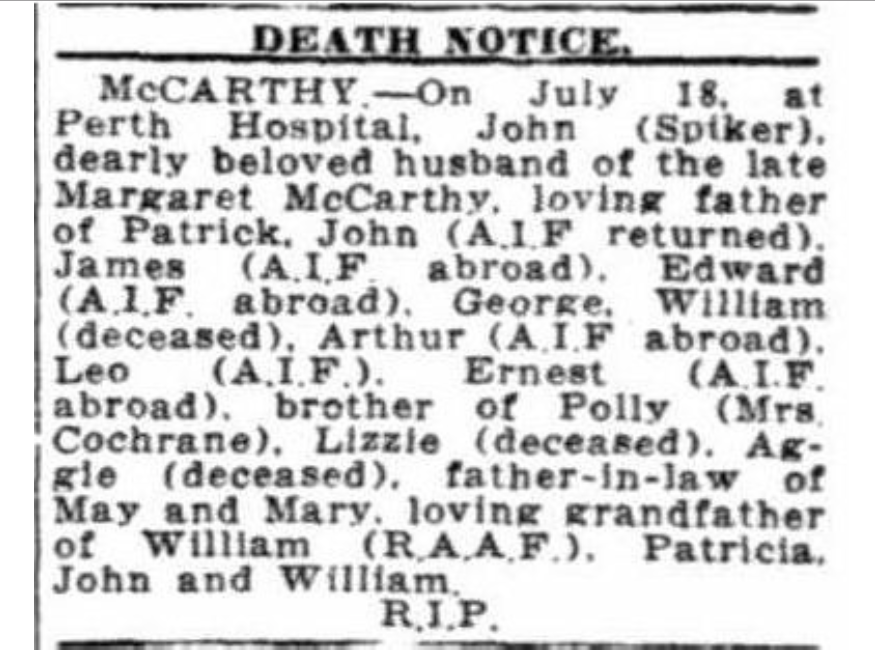
On one level, the traditional death notice is absurd. You’re expected to capture a deceased person’s life story in a few hundred words – with a 48 hour deadline…. while you’re grieving, frantically busy and exhausted.
The death notice — the short item posted in the newspaper announcing a death — evolved this way in service to two simultanous goals: notifying friends and family about the death, and writing a biography. It’s time we split these two important projects.
First, write and publish a short death notice in the local newspaper that gives the basics of who died, and dates and times of the memorial service. Personally, I think it’s still worth doing this in the local news site in addition to Facebook because the social network only reaches friends (and then only a small fraction of them) while the news site reaches the broader community.
But then build a living biographical memorial. The digital revolution (and the cool new tools of the internet) have made it possible to capture the personality of your loved one and leaves something special for future generations. This can even support our grieving process. A few key principles:
You can take some time to build the biography
There’s a reason that most of the world’s religions have a grieving period that stretches over the course of a full year. It’s impossible (and perhaps unhealthy) to aim for rapid “closure.” You should take time, and build your biography gradually. Gather stories, photos, funeral eulogies, snippets from social media accounts – whatever captures that person’s personality. (LifePosts also offers a question-and-answer tool called LifeQs that can help). The process may actually help you grieve. And gathering material will help strengthen memories.
You might set a goal of having a nice biography done by the one year anniversary of his or her death.
Get help from friends and family
A death notice has a single author. A memorial can be a collaboration. Don’t go it alone. Enlisting friends and family to help will not only relieve some of the burden but possibly paint a richer picture of your loved one. When you go to the funeral of someone you knew well, you invariably learn something new from the people who knew your friend or family member in a different context. Digital memorials enable you to easily bring those perspectives in from around the country.
Just as important, this gives friends and family something to do – a way to be helpful.
Accept that you’ll never finish
Accept that the biography will never be totally complete. Think of it more like an ever-growing scrapbook than a definitive work. That’s fine. The Internet allows us to add and change, so if you think of something new a year from now, you can add; or if you decide that your first description was wrong, you can change it.
In fact, the memorial for a particular person can, become the place for future generations to learn about and add their own reflections on the meaning of that person’s life.
Capture personality and character, not just accomplishments. One of the advantages of being able to post many photos, videos, audio, social media embeds and more is that you can capture someone’s personality, not just their job titles. You can show what made them laugh, what they taught you, what made them angry. Even a picture of their favorite sitting chair will convey something about them that the old fashioned resume-oriented death notice could never convey. (For more tips on how to bring someone to life, click here).


